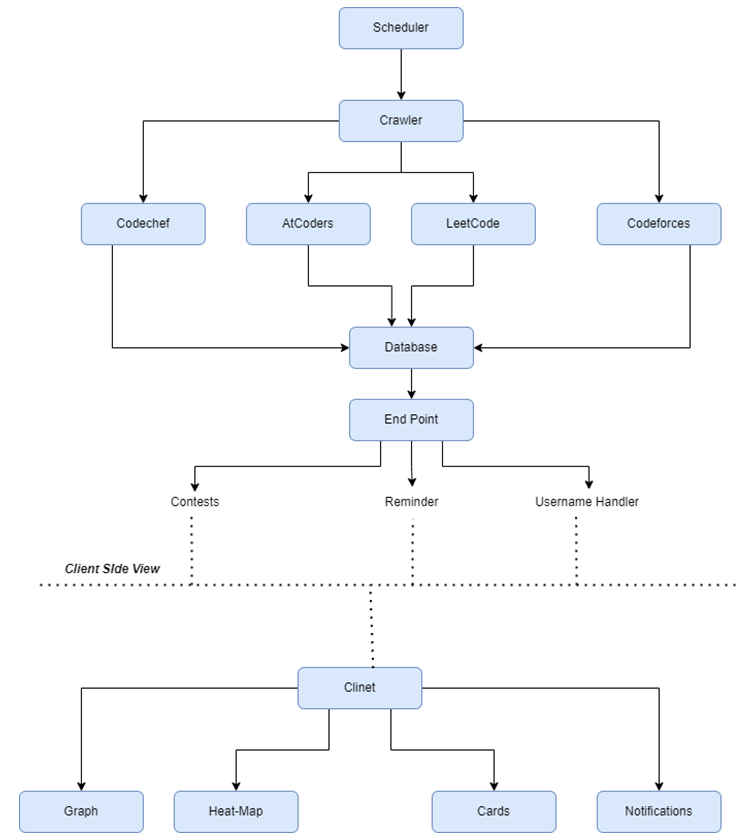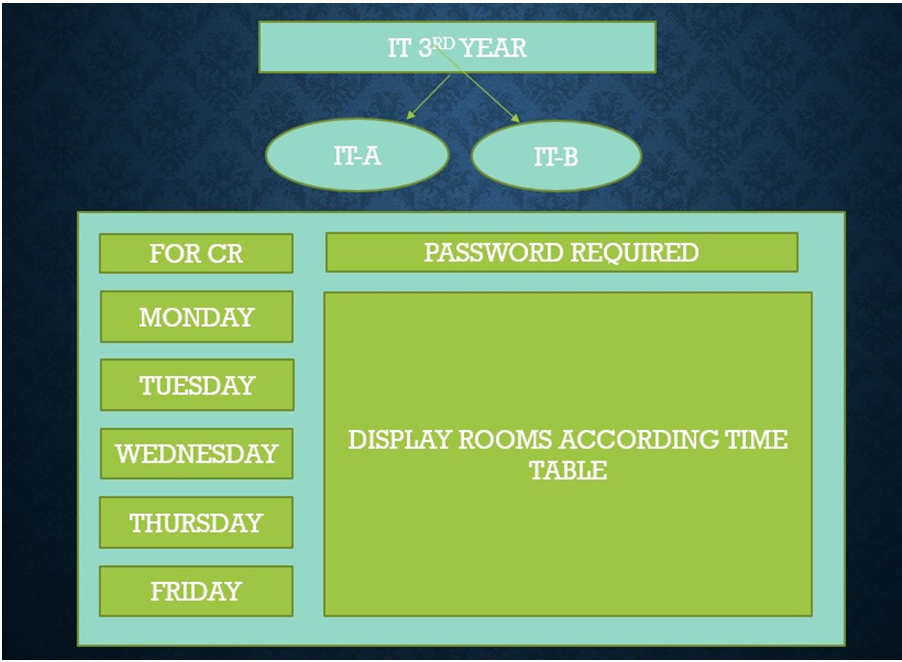Introduction
The basic working principle behind a self-balancing robot is an inverted pendulum concept model in control theory, according to which the robot drives the wheels in the direction in which it tilts. Examples of the inverted pendulum in certain real applications include rockets like MAXUS, Segway the personnel transporter, and a self-balancing vehicle.
It has great advantages like small size, flexibility, and low cost because of these advantages, it can be used in various applications in the field of control engineering. The inherent complexity associated with the control of this platform finds its application in the design and development of control systems for automobiles, spacecraft, and transportation facilities including military transport.
The developed hardware is used to develop an object-carrying vehicle that can be used to reduce human efforts in working places, offices, and household applications.
This is a cost-effective solution using the PID algorithm for these two-wheeled vehicles.
Rationale
Because of the previously stated advantages that come with a two-wheeled self-balancing design, a number of consumer products have recently gone mainstream that utilize a similar idea for purpose of convenient human transportation, i.e. – Hover-boards, Segway, and self-balancing two-wheelers. Our goal with this project was to demonstrate the balancing mechanism used in these products in a compact, cost-effective prototype of a self-balancing robot.
Objectives
1. To balance the whole body on two wheels automatically by designing the best possible structure for the body and obtaining the filtered values from the gyro and accelerometer sensor i.e. – mpu6050.
2. To use inbuilt Wi-Fi or Bluetooth capabilities of ESP32 microcontroller to communicate with the robot in order to de- liver the commands to follow.
3. To fine-tune custom PID values for the robot to ensure its smooth maneuverability.
4. To generate the ability to balance and maneuver with objects placed on its head
Feasibility Study
1) Feasibility of the project
The project is intended to explain the design along with the construction and control mechanism of a two-wheel self-balancing robot. To deal with the problem of sudden horizontal movements and gyro drifts in sensors, a complementary filter is implemented[1]. PID (proportional integral derivative), is the feedback mechanism used for this project.
2) Need of the project –
1. Its ability to turn on the spot and sustainable architecture increases its applications in industries.
2. It is essential for the robot to not only balance but also maintain its position, withstanding external forces or unexpected disturbances if any
3. Active research on two-wheeled robots has been widely increased since the early versions of the studies on self-balancing robots by JOE and n-BOT.
3) Significance of the project –
These robots can be used for
1. Smart gardening purposes.
2. Autonomous trolleys in malls, hospitals, and airports.
3. An intelligent robot for various industrial-military purposes.
4. Currently popularized as “Segways,” these machines are mostly used for travel and tourism purposes and by private security services. It has been put to use by a range of private and military organizations since its invention.
Methodology/ Planning of work
The main objectives of a system for Online voting system are:
1. The objective of the Online voting system is to help the organization in automating the whole manual processing of the existing system.
2. Test the working and compatibility of all electronic components (mpu6050 and motors and its driver) with ESP32 separately and ensure the proper working of each component. a rudimentary prototype using all components with temporary wiring on the breadboard in order to test the integrated working of the components with each other (without tuning PID values).
3. Fabricate the basic frame of the robot using acrylic sheets, spacers, screws, and angle brackets.
4. Mount all electronic components onto the frame.
5. Make wired connections according to the planned circuit.
6. Upload code to ESP32 from Arduino IDE.
7. Update PID values.
8. Test the performance, balance, and maneuverability of the machine, if not satisfied with its performance, go to the 7th step in order to fine-tune PID values else the required development of the robot is completed.
Facilities required for proposed work
Software Requirements:-
1. Arduino IDE
Hardware Requirements:-
1. Arduino IDE
2. ESP32 microcontroller – 1
3. MPU6050 sensor – 1
4. Bo geared motors – 2
5. L298N Motor driver -1
6. 3.7v 18650 Li-ion battery – 2
7. Assorted Jumper Wires
8. 3mm Acrylic Sheet
9. 65mm Nylon Tyres – 2
10. Angle Brackets – 2, Spacers and Screws


